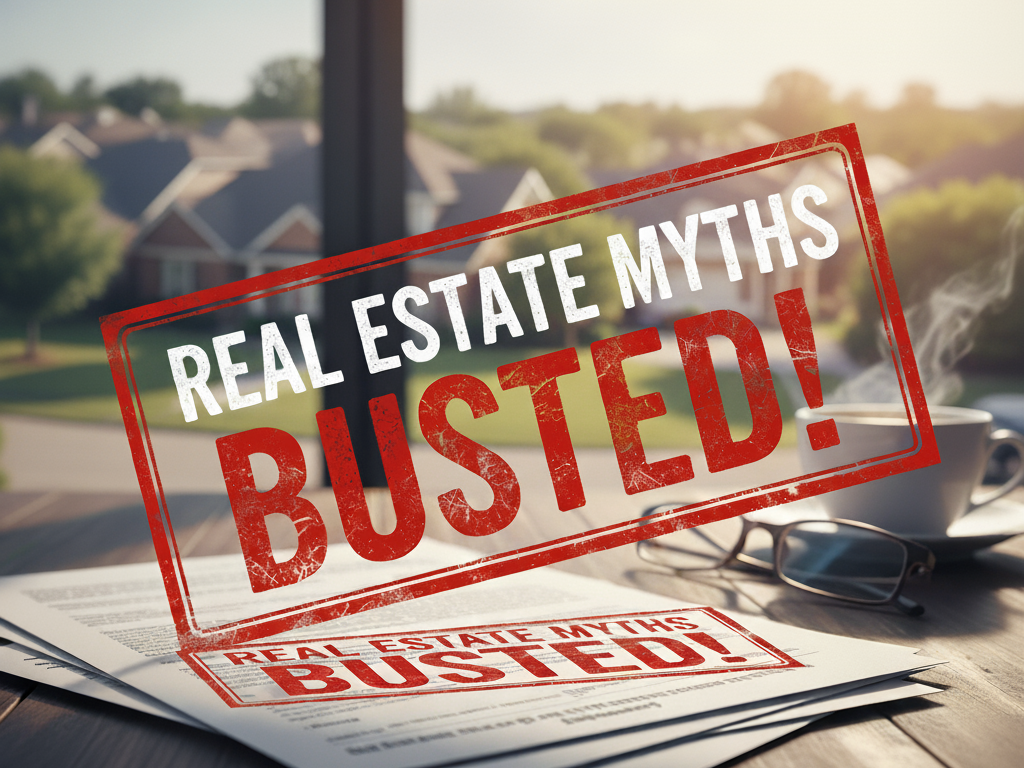How to Estimate Rental Property Income
Note: This is the first part of a two-part series. Here is Part 2.
So you’ve decided to get into rental properties. You probably already understand the many benefits of rental property investing, and maybe you’ve already chosen a market and started to evaluate some neighborhoods in that market.
Now you’re moving to the next step of looking at individual properties, but you’re not sure exactly how to evaluate the financials and determine which properties offer the best returns. Learning how to “run the numbers” on a property is one of your most important skills as a rental property investor – but many folks, especially new investors, make critical mistakes in this process.
This step-by-step guide will take you through every factor you need to consider, and teach you how to arrive at accurate estimates of both your rental income and your expenses. I will use a real-life example of a target property in my primary investment market of Memphis, and illustrate the steps using the RIA Property Analyzer, which you can download for free here.
Speaking of which, the RIA Property Analyzer is a really handy tool. It allows you to compare up to ten properties side-by-side, it calculates all your ROI metrics including Cap Rate and Cash on Cash, and it has a built-in mortgage calculator that automatically calculates your monthly principal & interest payments. It’s just plain nifty. (If I do say so myself!)
Let’s get started! First, let’s look at the example target property I’m going to use throughout this post — click here to check out the listing. I’d recommend you pull the listing up in another tab so you can cross-reference as you read this post.
Two quick points about the listing. First, this blog post will no doubt outlive the listing, so the property may already be sold by the time you read this, and some of the data points may have changed. Even so, you should still be able to see most of the old listing info after the property is sold.
Second, I like to use Zillow, but other sites like Trulia, Redfin, etc., pull the same source data from MLS – the multiple listing service – which means you can find all the same properties and info there. I’ll use Zillow throughout this post, but you can just as easily use any of those other sites if you have a preference.
To avoid this post getting rrreeeeaaalllyyy long, I’ve split it into two parts. This first one will focus on estimating rent; the second one will focus on estimating expenses. Given how important the rent is to your projected returns, it really deserves its own post. If you’re off by even $100/month, this can completely crush the cash flow and ROI that you had planned to achieve with a property – so it’s absolutely critical you get it right.
Occupied Rental Properties
If the property you’re looking at is occupied, the process is pretty simple: you should almost always use the current rent in your financial projections. You can still use the other methods listed below to validate that the current rent being charged is appropriate, but it’s risky to assume that you can significantly increase rents from current levels. In MOST (but not all) cases, if the property could be rented for significantly more, it already would be.
You’ll usually know that a property is occupied because the listing description will explicitly say so, include language about not disturbing the tenants, or the like. Agents who are selling occupied properties don’t really want inquiries from buyers looking for a primary residence, so they’ll try to make it quite clear in the listing that the house has tenants.
However, the listing will frequently not include the actual rent that the tenant is currently paying. If this is the case, you can discover the current rent two ways:
The FASTER Way
Look at the “Price and tax history” on the Zillow listing, which will show the asking price for the most recent rental listing, if available.
The BEST Way
Contact the listing agent, either directly or through your own agent, and ask them what the property is currently rented for.
With the “faster way”, just keep in mind that the tenant might not have paid the asking price, and that if the listing is several years old the rent may have been raised since that time.
Is my target property occupied?
Yes, my target property IS occupied, and the listing agent has helpfully put the current rent ($650/mo.) in the listing, so that is the amount I’ll plug into the RIA Property Analyzer, like so:
Even though I know the property is occupied at $650/month, I’m still going to use the methods below to estimate the rent as if the property was vacant. This will serve as a double-check to confirm that the current rent is in line with market value.
Vacant Rental Properties
For a vacant property, there are a number of methods to estimate the market rent. It’s a good idea to use multiple methods if possible, because the more data points you have, the more confident you can be in your estimate.
There are three primary methods I’ll discuss:
Comparative Analysis
Automated Rent Estimators
Ask a Local Expert
1 Comparative Analysis
The best method is a comparative market analysis, which helps you understand what similar homes are renting for in the neighborhood. There are a few places to look for these “comp” properties:
Zillow (or Trulia, Redfin, etc.) will show current rental listings as long as they’re listed on the MLS. Some owners/agents won’t bother with MLS for their rental listings, relying on craigslist and other services to market their properties – and this can be particularly true in smaller markets. But in larger markets, there should be enough rental listings to inform your comp analysis.
Local Property Managers (particularly the largest ones) will list homes for rent on their websites, and some will even have a map feature which allows you to easily find homes close to your target property.
Craigslist is widely used to advertise rental listings. However, this is unwieldy to use for a comp analysis – it’s clunky to navigate, and hard to map the listings – so I avoid it unless I have inadequate data from the other sources listed above.
One thing to keep in mind is that these listings represent asking prices, not the prices tenants actually pay. If one of your comp listings has been on the market for a month or more, it may be overpriced — if another owner is having difficulty renting a similar property for a given price, you shouldn’t assume you can achieve that price either. In general, it’s best to use a number toward the lower end of comps, to be sure you can actually achieve the desired rent.
What’s a TRUE comparative property? You should make sure it:
Is the same type of home as your target property. Don’t compare apartments, townhomes, or condos to freestanding homes with a yard. Same goes for units in a duplex, triplex, or quad.
Has the same number of bedrooms as your target property, and ideally the same number of bathrooms. You can’t compare 3BR homes to 2BR homes, and a 3BR/2 bath can be quite different from a 3BR/1 bath.
Is in similar condition as your target property. You shouldn’t use a sparking new turnkey rental as a comp if your target property is in lackluster condition.
Is about the same size as your target property. Even comparing properties with the same numbers of bedrooms and bathrooms, a significantly larger property usually has more rental value.
Is physically close enough to your target property. This radius depends on local markets, but the desirability of a rental can change a lot over a short distance, so your best comps are ones that are very close to your target property. Anything over a few miles away is likely to be a less viable comp; sometimes even a mile is too far, depending on the neighborhood.
Comparative Analysis on my target property
In the local neighborhood of my target property, I’ve switched the Zillow filter to look at “For Rent” properties, which reveals 10 homes currently listed for rent in the area. That’s enough to do a robust comparative analysis, so I gathered the key data for each property and input the information into a simple table:
I also checked my property manager’s active rental listings. There was only one in the neighborhood, a 3-bed/2-bath with a $795 asking rent. This is consistent with the Zillow comps.
Based on these comparative properties, I believe my property’s rental value might be more than the current tenant is paying. The only home listed under $700 is a 2-bedroom, and except for Comp #9 these are not stale old listings that have been vacant for months. So I think it’s likely that my 3-bedroom in great condition could easily rent for $700, and might even fetch $750.
I’m sure you’re thinking: “You JUST said to always use the current rent if the property is occupied…sheesh!” Well…I said almost always. If there is good data to support the idea that the current tenant’s rent is too low (or too high), then this should be taken into consideration.
Let’s see if the other estimation methods also support the idea of a higher market rent.
2 Automated Rent Estimators
The Zillow Rent Zestimate was one of the first, but there are now a number of online tools that automate the data-crunching of a comparative rental analysis, and generate an estimate what a home will rent for. The most popular of these are Rentcast and Rentometer, both of which have free trial versions but are thereafter paid services.
These automated tools must be used with some caution, because they’re only as the algorithms they use and the quality of data that are fed into those algorithms. However, used alongside other methods, they can serve as a useful check.
What these automated tools say about my target property
The Rent Zestimate for my target property can be found on the Zillow listing in the section labeled “Rental Value”.
As you can see, the Zestimate is $775, which supports the idea of a higher market rent.
I also ran this address through the Rentometer engine, which concurs that $650 is a very good deal, and suggests $717 as the median rental price for a 3-bed/1-bath home in average condition in this area. Since my home is in better than average condition, the actual value may be a bit higher.
3 Ask a Local Expert
One final way to double-check the market rent for a property is to ask a local expert, such as a real estate agent or property manager. (This is also a great way to start your network in that local market!) How do you do this? Basically, you just find them online and send them a note to say “Hey, I’m looking at xyz property as an investment; how much do you think it would rent for?” In most cases you’ll get a response pretty quickly.
I think it’s especially valuable to talk to a large property manager in the local market, who at any time may have dozens of properties available for rent. These companies have tons of experience with the local neighborhoods, and probably know better than anyone how much they can rent properties for. (Not clear on all the functions a property manager performs? Here’s the comprehensive guide.)
What my local expert said about my target property
I just so happen to know a large property manager in Memphis – my own property manager, of course! I asked them about this property, and they said they would list it at $750. This is one more data point to suggest that the current rent of $650 is under market value.
Conclusion
Here are the key takeaways about estimating the rental income on a property:
Estimating rent can be a tricky business – but it’s absolutely essential to get it right to achieve your expected returns and cash flow.
If the property is occupied, it’s safest to use the current rent. Don’t assume you can raise rents unless it is well-supported by other data.
Use multiple methods to estimate market rent, and focus on the lower end of the range. This ensure you arrive at a reasonable target, not an overly optimistic one.
For my sample target property, here’s a summary of the results of each method of estimating rental income:
Based on all of this data, I believe this is one of those rare cases where the current rent may in fact be a bit low. So I’m going to run TWO sets of numbers in the RIA Property Analyzer, one using the current rent of $650 and one using $725, which I believe is a better (but still relatively conservative) estimate of market rent. I’ll just use the second column in the Analyzer for the second set of numbers, like this:
In Part 2 of this post, I’ll step through how to accurately estimate all the expenses on your target property, such as taxes, insurance, repairs, mortgage, and so on. And we’ll look at how the RIA Property Analyzer uses all these inputs to automatically calculate your most important rental property ROI metrics, such as Cap Rate and Cash-on-Cash Return.
And of course, we’ll see the final numbers on this sample target property! What will the Cap Rate be? How much will it cash flow each month? Stay tuned…
About the Author
Hi, I’m Eric! I used cash-flowing rental properties to leave my corporate career at age 39. I started Rental Income Advisors in 2020 to help other people achieve their own goals through real estate investing.
My blog focuses on learning & education for new investors, and I make numerous tools & resources available for free, including my industry-leading Rental Property Analyzer.
I also now serve as a coach to dozens of private clients starting their own journeys investing in rental properties, and have helped my clients buy millions of dollars (and counting) in real estate. To chat with me about coaching, schedule a free initial consultation.

































